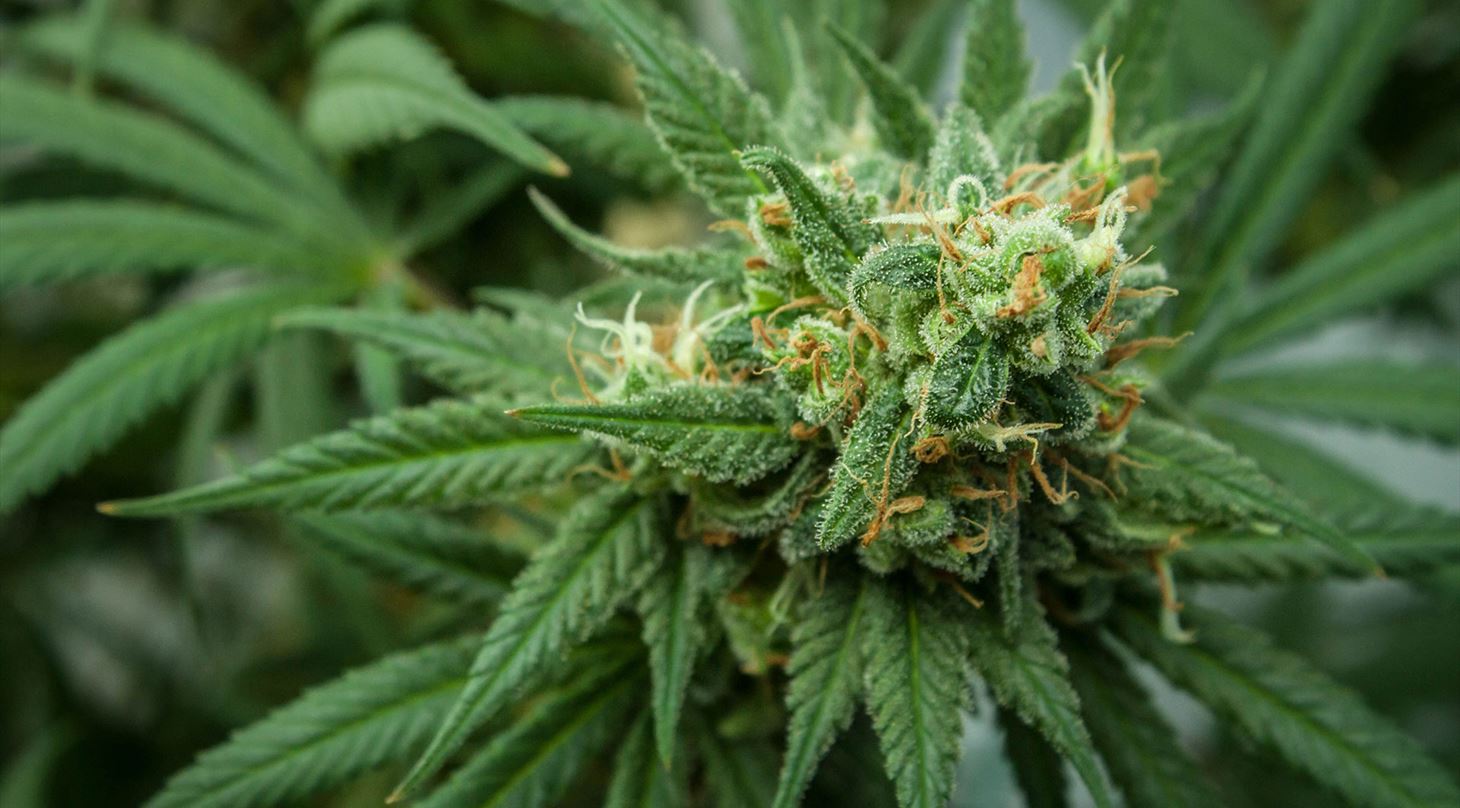
Upcycling of Medical Cannabis production and processing residues
ALE M.T., HINGE, J., HANSEN, N.M.L., and HASTRUP, A.C.S.
Industrial Biorefinery, AgroTech – Danish Technological Institute (DTI)
Since 1 July 2018, it has been possible to apply for a license to cultivate medicinal cannabis in Denmark. The rules appear from the executive order on the cultivation, production and distribution of cannabis bulk and production of cannabis primary products. At the time of this reporting, 40+ companies were granted permission to cultivate and handle cannabis in Denmark. Commercial cannabis has five core business models: cultivation, manufacturing, or processing (i.e. extraction), distribution, retail, and laboratory testing. Each business model has different residue (i.e. waste) streams and therefore must be dealt according to the type of business models and production activities.
The production and processing of cannabis generate most of the side stream residues (i.e. biomass) that could end up as waste if not upcycled. Therefore, Danish Cannabis producers i.e. cultivators or processors for cannabis flowers or buds, as well as THC, CBG and CBD-oil manufacturers, are facing an enormous challenge on their cannabis residues. The residues from cannabis plant cultivation are generated from routine pruning, trimming, harvest, cloning, propagation, i.e. flower, leaves, stalk or stem, root ball, failed plant, mature clone. In addition, manufacturing of THC and CBD containing cannabis oil also accumulates waste notably from the post-extraction of cannabis biomass that includes buds, flowers, leaves, trims, and shake with allowable levels of residual contaminants or with solvent residuals.
Understanding the different chemical components of the various parts of the cannabis plant is a prerequisite for developing upcycling strategy. The cannabis stem is a source of fibre and woody core (i.e. hurd or shives) that is high in cellulose and hemicellulose content. The underutilized seed and pressed seed meal of cannabis contain protein and polysaccharide that can be catalyzed into functional molecules. Therefore, developing cannabis biomass residues into a sustainable source of value-added biochemicals and biofuels will require a flexible cascading biorefining technology.
Current biorefining technology for the extraction of cannabinoids utilized hydrocarbon solvent, supercritical fluid-CO2, and ethanolic extraction. The downstream processes for the purification of cannabis extract concentrates may involve winterization, vacuum filtration, rotary evaporation, and short path distillation technology. Upcycling strategy for cannabis residue may involve different conversion routes notably chemical, thermo-physical and biochemical conversion for breaking down the cell wall matrix of the plant material residues. Thus, liberating more fermentable sugars that can be utilized for fermentation of various biochemical as agent for bioenergy and bioplastic production.
The knowledge being established by this report is highly relevant not only to the Danish Cannabis Industry but also to the whole cannabis business sector. This report will provide an understanding of the different strategies for value creation to cannabis waste-stream and subsequently uphold the regulatory standards and manufacturing practices. Thus, many stakeholders will benefit from this report notably the Invest in Denmark for the cannabis business sector as well as the Danish Medical Agency for regulatory standard. Since Denmark is one of the pioneers of medical cannabis in EU, this report could serve as a knowledge resource for many businesses in the EU, Canada and the US who wants to valorize their cannabis waste.
Learn more about different upcycling technology related to plant residues that can be applied in the cannabis industry.
Please read Cannabis report 2021.